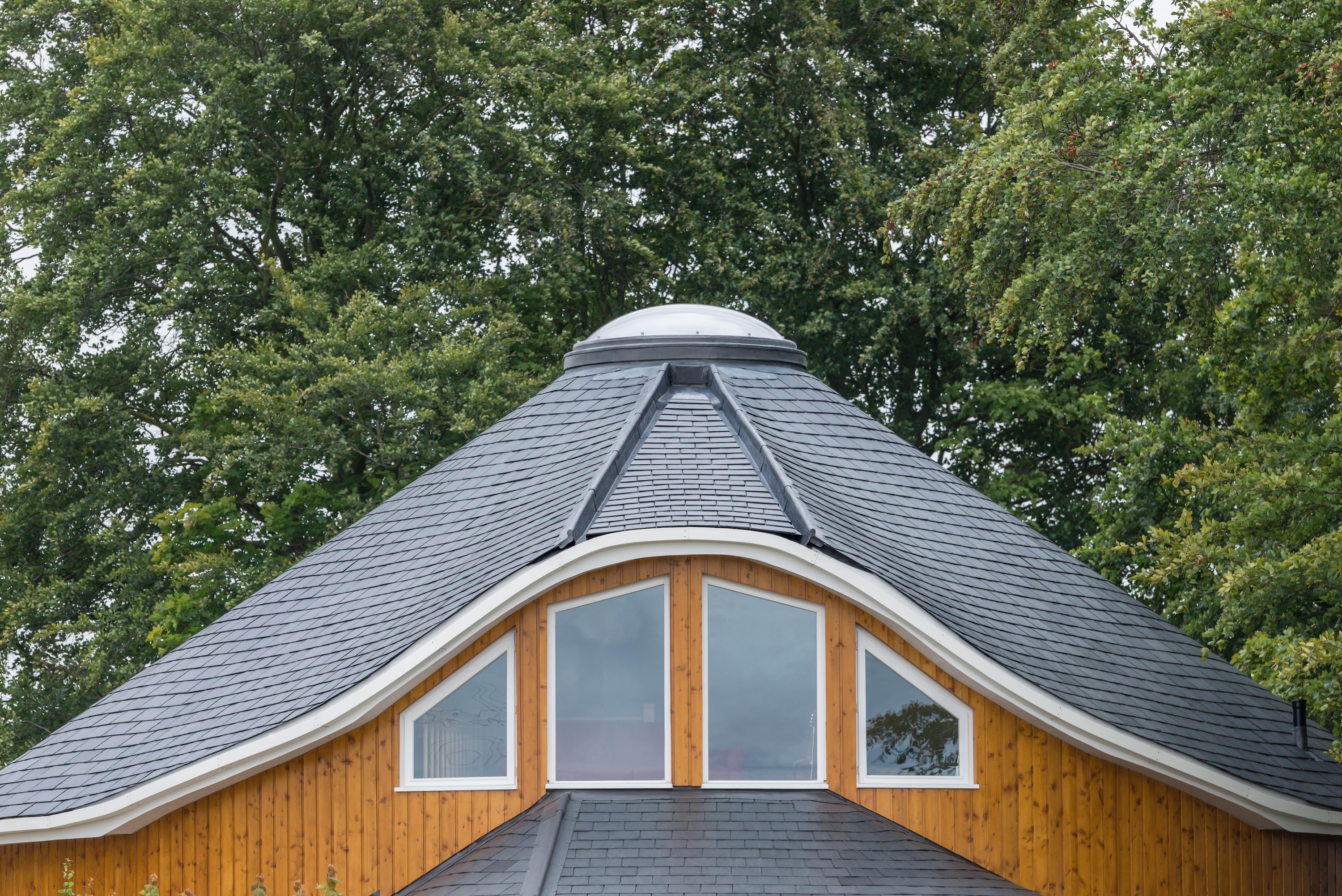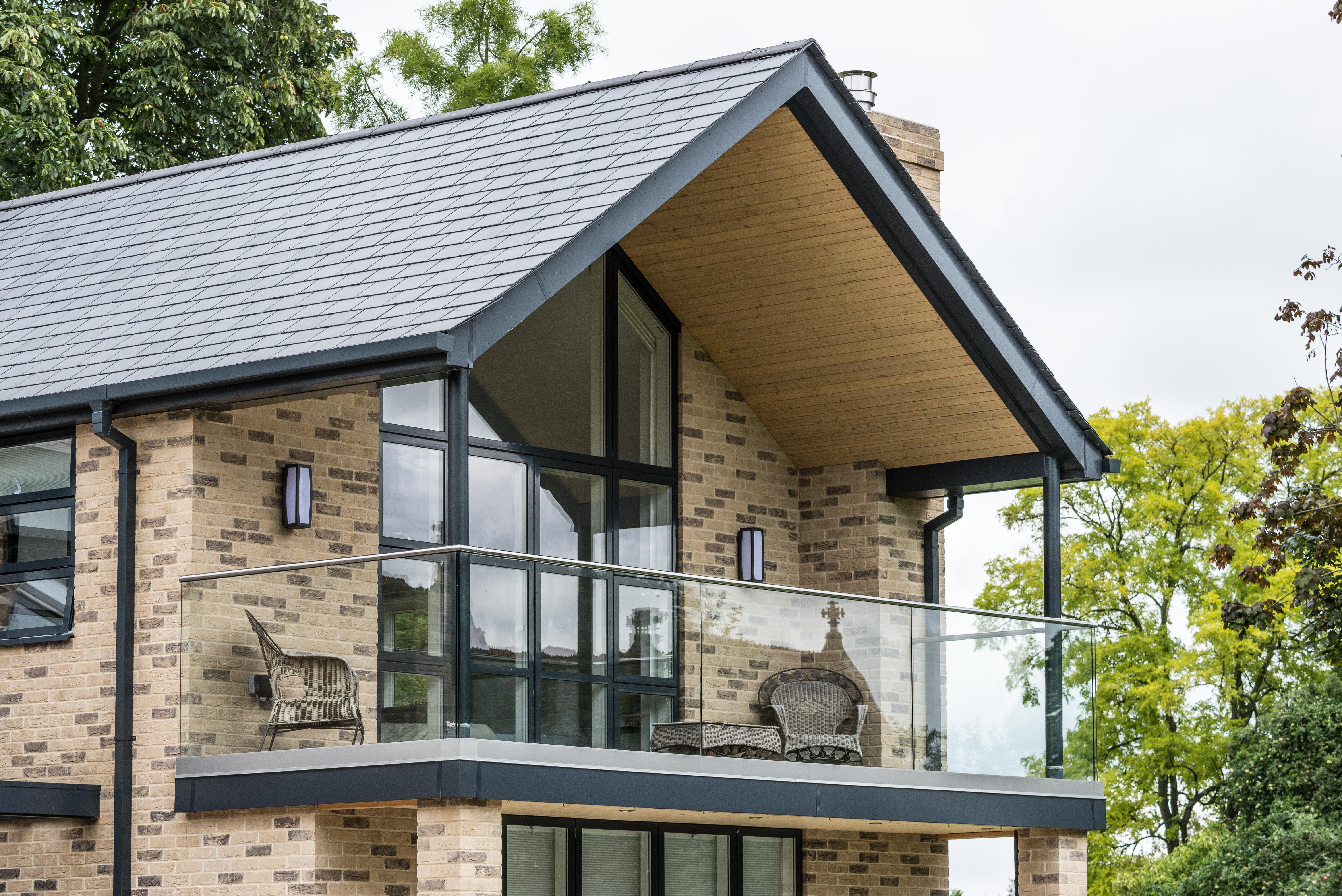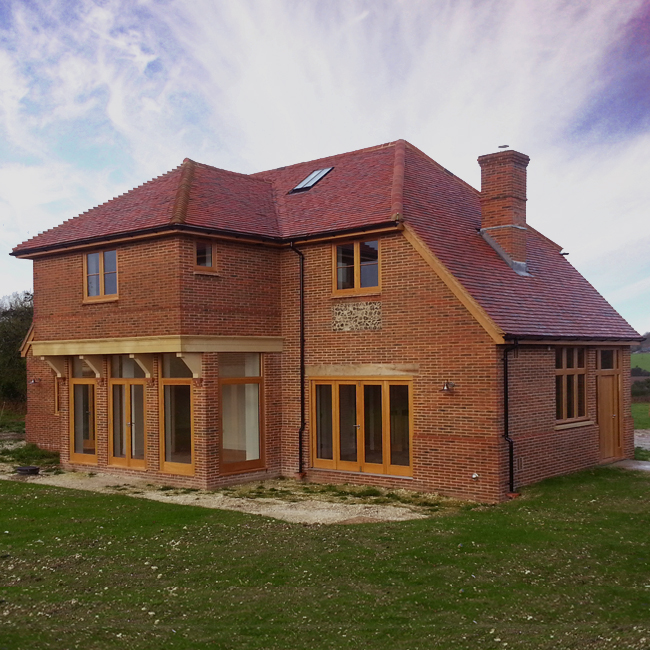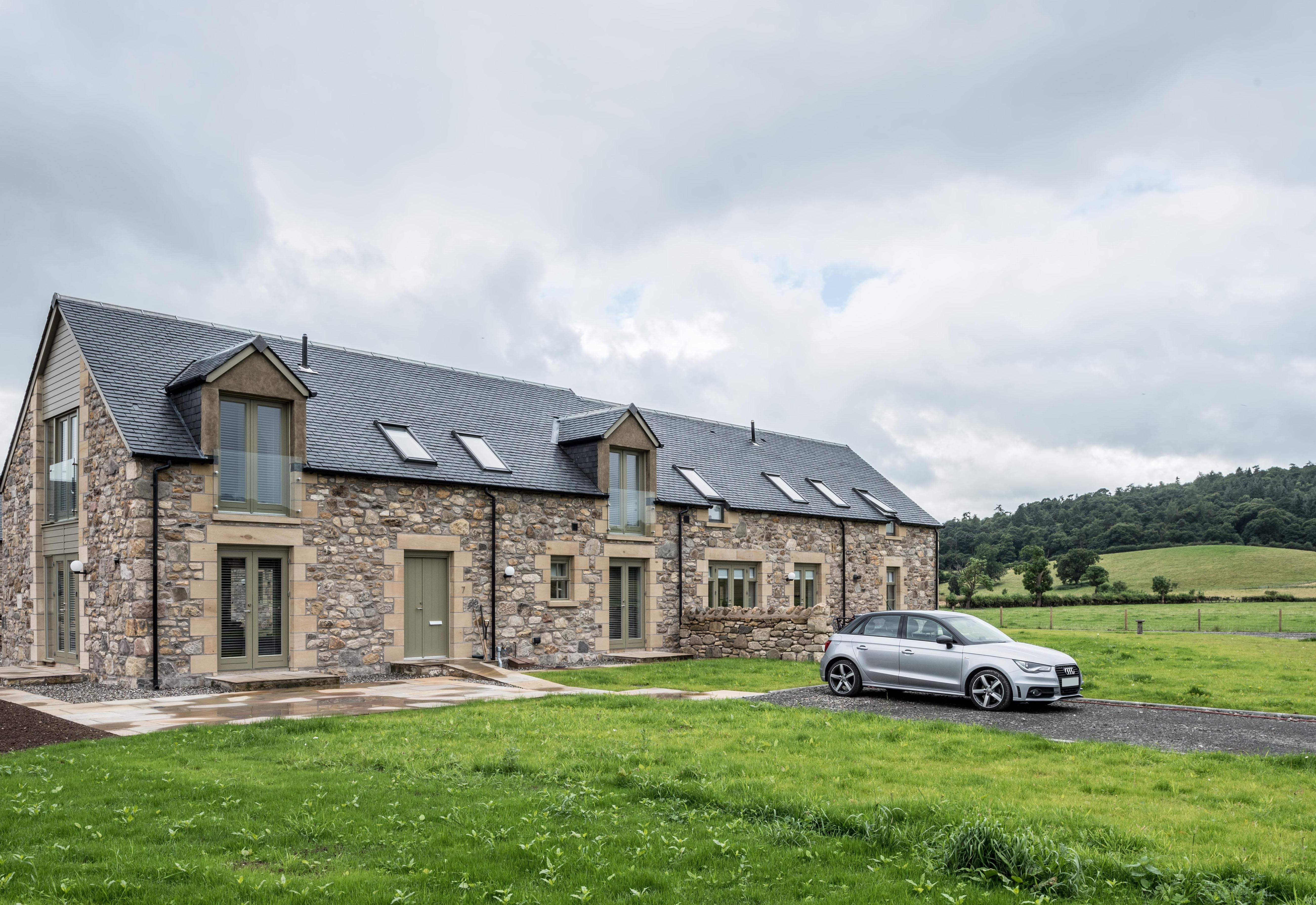A Guide to Choosing Roof Tiles
A Guide to Choosing Roof Tiles
Whether extending or renovating, you will need to choose a roof tile that creates a long-lasting, weatherproof and attractive covering to your home. Here we look at the pros and cons of slate, clay and concrete products.
 Natural slate roof. Image supplied by Cupa Pizarras.
Natural slate roof. Image supplied by Cupa Pizarras.
Slate roof tiles
Pros:
- Aesthetically pleasing - Slate is a natural stone; each tile is unique. Slate tiles give a clean, smooth finish to a roof.
- Long-lasting - slate roofs can last 100-plus years if properly constructed. Natural slate has outstanding strength and resilience. The lifespan goes beyond concrete or clay by some distance.
- Versatility – slate offers multiple options in varying sizes, thicknesses and colours, including grey/green, blue/black. No matter the style or size, slate can adapt to any roof shape from cathedral to country cottage and even circular new build.
- Fireproof – slate roofing is fireproof, waterproof and pollutant resistant.
- Low maintenance
- Eco-friendly - A range of man-made (fibre cement) and recycled (ground down slate and synthetic resin) slate tile products have become very popular. Although they can’t match the beauty of natural slate, they provide a more affordable and easier to install alternative that still adds value.
 Natural slate roofing. Image supplied by Cupa Pizarras
Natural slate roofing. Image supplied by Cupa Pizarras
Cons
- High cost – Natural slate costs more than other roof coverings (but lasts longer). Of course, prices will vary with the type and quantity used as bulk purchases can bring down the overall cost.
- Difficult installation – Installing natural slate is a more specialist job than most other roof coverings. Check if your contractor has experience and ask for references. Man-made slate can be installed with relative ease.
- Relative fragility – finding a perfect match for a broken natural slate can be tricky as they come in lots.
- Weight – You will need to get your home assessed to make sure it can take the weight. For example; 500 x 250mm slate = 35.51kg per square metre. Manmade slate tends to be lightweight which will reduce the need for extra reinforcement in the underlay.
Clay roof tiles
Pros
- Attractive – fired clay tiles have a rich colour and character. It’s a strong, natural material.
- Long-lasting – when you install clay roof tiles on your roof, they will last 50-plus years.
- Easy to customise – If you want your home to stand out and be unique, high quality and handmade clay tiles can help you do this as each tile will vary slightly in colour and shape.
- Range of price options – with handmade at the expensive end and factory-made at the cheaper end. At Willow Tiles Limited, genuinely handmade tiles range from 65p to 85p per tile plus VAT and transport. This compares to 55p plus VAT for a single, mass-produced plain clay tile at Roofing Superstore.
- Traditional builds – clay tiles are perfect for traditional builds and renovations.
- Fire resistant – reduce risk of fire damage to your home.
- Keeps colour – clay tiles are not prone to fading because the colour is bonded into the material during firing in the kiln.
Cons
- Fragile – the tiles can break when stepped on or dropped. Work on the roof needs to be done by a pro.
- Weight – clay is not a light material and could require that extra support be added to make installation possible. If not, the roof trusses may not be able to handle the weight.
- High cost – clay tiles cost more than concrete. But within the range of clay products there are different price options.
- Smaller – so more time-consuming to lay
- Not ideal for low-pitch or flat roofs.

Red clay tile roof. Photo supplied by Pro Vision
Concrete roof tiles
Pros
- Cost-effective – the main reason people choose concrete over clay or slate is affordability. Made from a mixture of cement, sand and water, concrete tiles are created under heat and high pressure and moulded into shape.
- Colour – available in a huge range of colours and styles, especially suitable for contemporary homes.
- Match slate and clay – advances in technology means concrete can mimic colour and design of clay and slate tiles but at a lower price.
- Larger sizes –concrete tiles are available in a wide range of sizes but tend to be larger than clay which makes them easier/quicker to lay and labour costs cheaper.
- Longevity – manufacturers offer warranties of 30-50 years.
Cons
- Weight – in general concrete tiles are heavier than clay, so may require some additional supporting structure which could add to the overall costs of the roof.
- Porous – cement tiles absorb water so more prone to moss, mildew and efflorescence or ‘lime bloom’ which is caused by a reaction between cement and water. That said, some modern concrete tiles claim to be 100% waterproof.
- Fade – concrete tiles fade over time whereas slate and concrete retain their colour.
- Lacking character - it’s hard to match the natural beauty or subtle imperfections and variations in colour, texture and size of handmade clay tiles or natural slate.
For period properties or buildings that need to reflect the natural environment around them, natural slate is a good choice. Those aiming to boost a home’s kerb appeal and add character might consider paying the extra for clay tiles or natural slate. However, if you are on a tight budget and are happy with a more uniform looking roof covering, a manmade slate or concrete tile might be the best option. Budget, style of home and any planning requirements are important factors when it comes to deciding what type of roof tile to use.
 Natural slate roof. Image supplied by Cupa Pizarras.
Natural slate roof. Image supplied by Cupa Pizarras.
